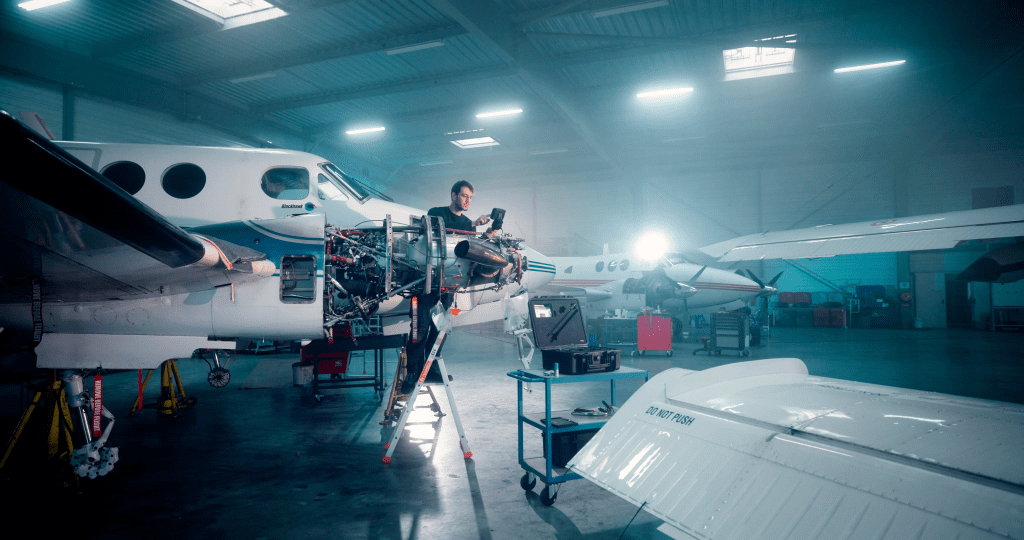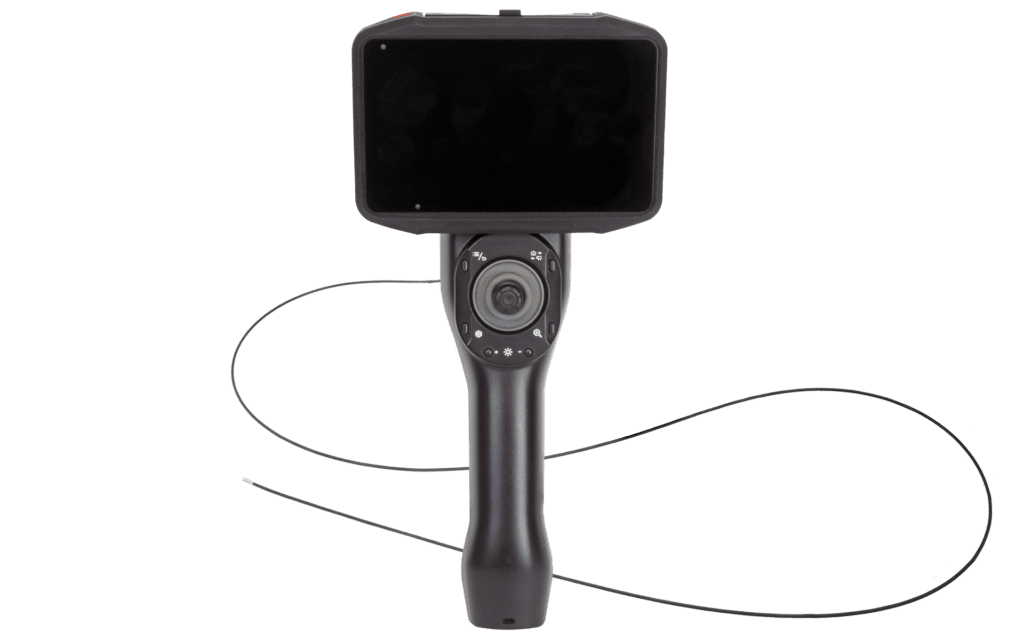We recently visited the technician team at Blois Aero Services, a key player in aviation maintenance, to showcase our latest innovations in remote visual inspection. The visit aimed to demonstrate the efficiency of the PRO X videoscope during critical inspections of Pratt & Whitney PT6 engines, a widely used model in business aviation.
The importance of inspections.
In addition to normal engine wear, engines are subjected to extreme temperature fluctuations, transitioning from intense heat on the ground to freezing temperatures at altitude. These frequent shifts place significant stress on engine components, which can lead to cracks, warping, and other signs of deterioration.
Regular engine inspections are not only mandatory to ensure flight safety, but they are also essential for preventing serious failures, or even accidents. Our videoscopes allow technicians to inspect critical areas without dismantling the engine, enabling fast and accurate identification of potential issues. This approach helps reduce aircraft downtime and streamlines maintenance management.
By detecting anomalies early on, these preventive inspections play a major role in lowering repair costs, avoiding more complex and expensive interventions.
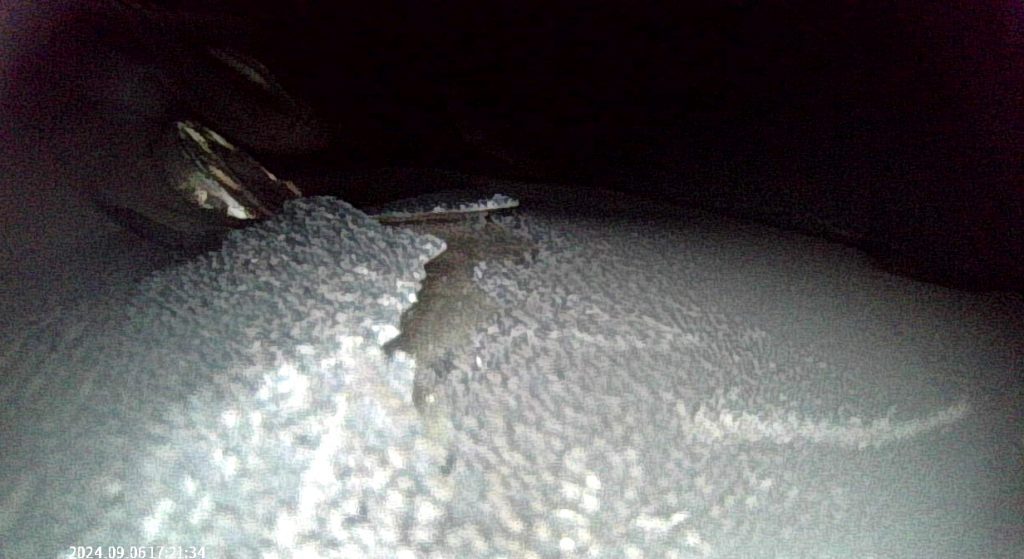
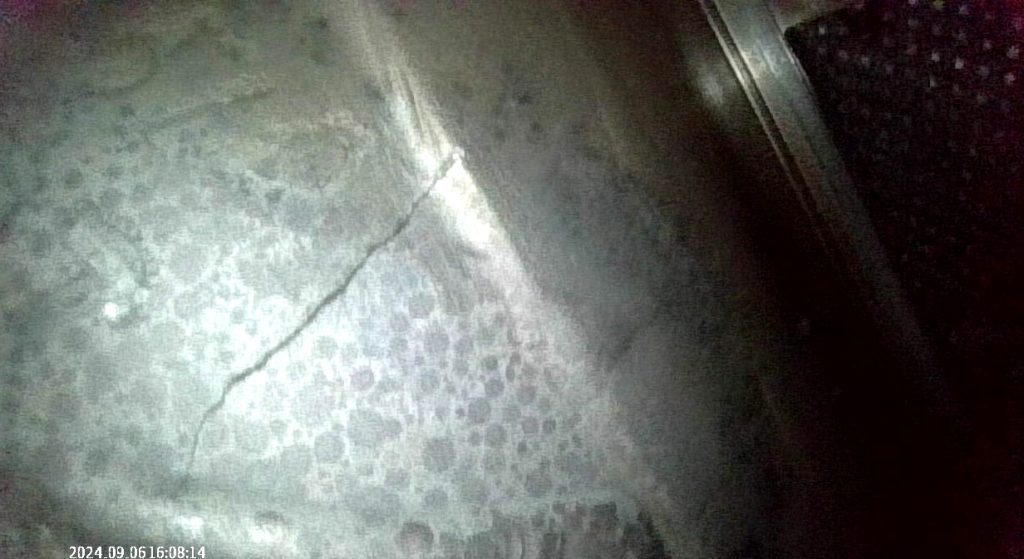
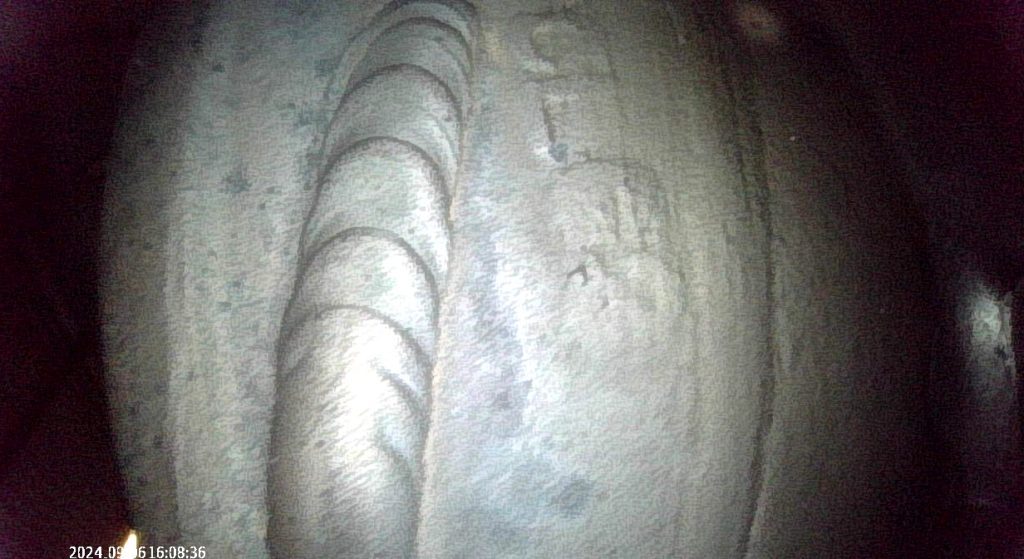
Observed Components.
The PT6 engine inspection with a videoscope is done in multiple passes. Each pass provides access to different areas of the engine. Below is an overview of the various passes and the components observed:
1: Access through the compressor inlet screen.
First, the probe is inserted through the compressor inlet screen. This allows for the inspection of several components, including the compressor inlet case, the compressor section, as well as the air seals of rotor bearing number 1 and the stator. The aim is to check for debris, cracks, and air leaks.
2: Access through the rear compressor disk.
This pass allows for the inspection of the rear disk and compressor hub, as well as the oil recovery system for the bearing and the low- and high-pressure relief valves. The goal is to detect component wear, identify oil leaks, and ensure proper valve operation.
3: Access through the combustion chamber
Through this entry point, the probe can observe the combustion chamber liner, the fuel inlet manifold adapter and the fuel flow divider. The purpose is to assess the liner's condition and ensure the integrity of the fuel components.
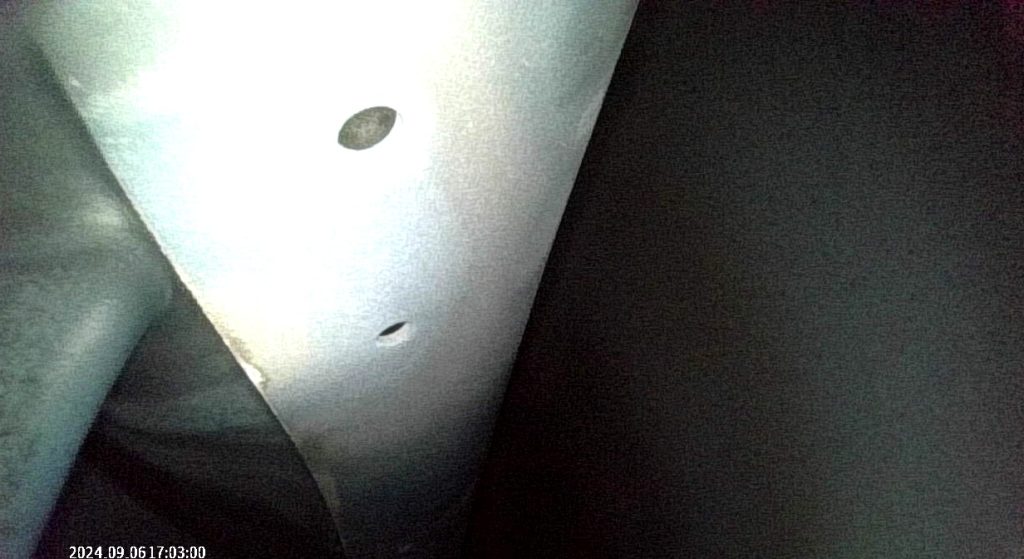
4: Access through the exhaust duct
The probe inspects the entire exhaust casing, the first and second stage turbines, and the compressor turbine. This inspection identifies any cracks or blockages and evaluates the overall condition of the turbines.
5: Access through the gas generator casing
Finally, this pass allows for the inspection of the large exit duct to verify its integrity and ensure there are no debris or damage.
Conclusion
To conclude, the use of videoscopes like the PRO X for inspecting PT6 engines enables rapid detection of anomalies, ensuring flight safety while reducing downtime. By facilitating proactive repairs and streamlining maintenance processes, these tools provide a cost-effective and reliable solution for operators. This blend of technical expertise and innovation sets the stage for a more dependable aviation industry.
